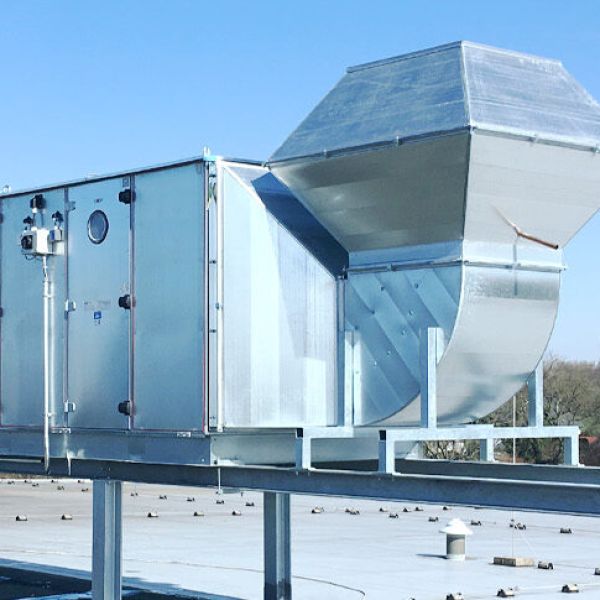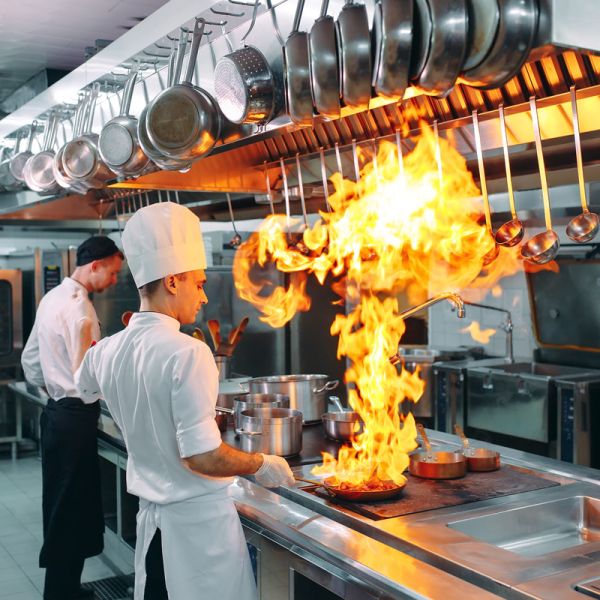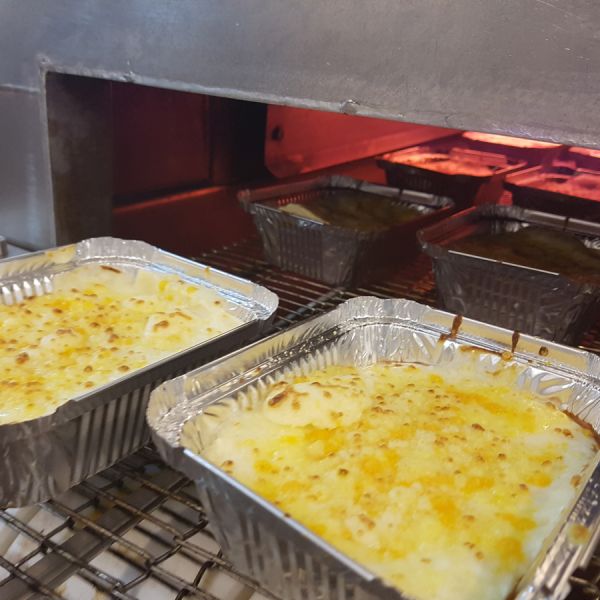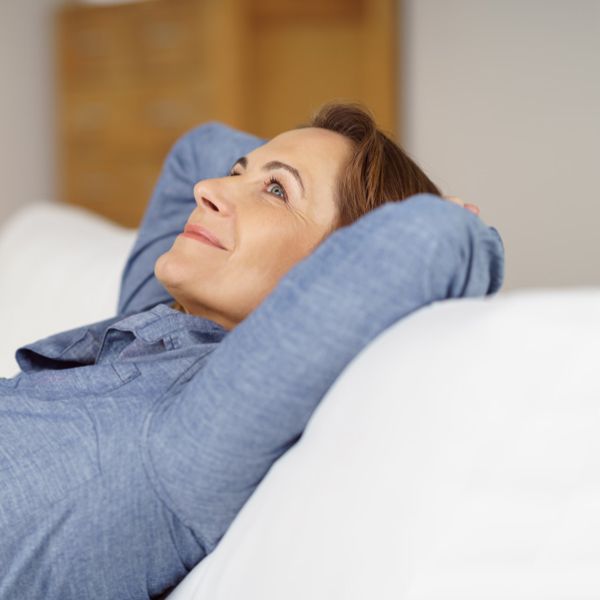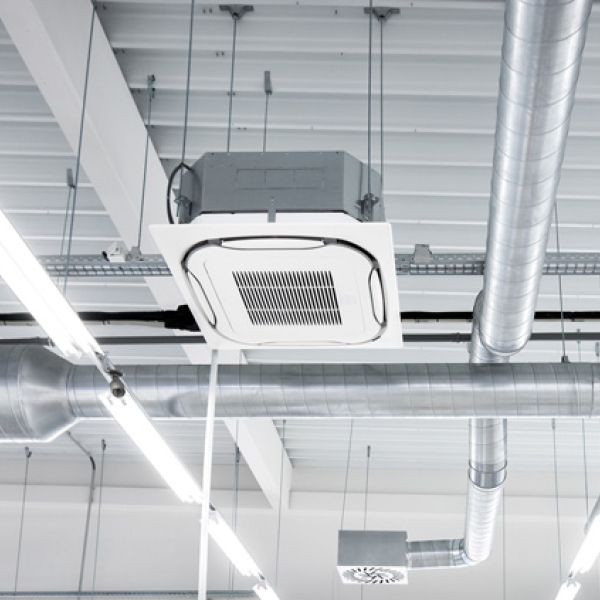Reine Luft
und reines Wasser
Luft und Wasser sind unsere Lebensgrundlagen. oxytec reinigt sie mit innovativen Verfahren, abgeleitet aus der Natur.
oxytec entwickelt Anlagen zur Luft- und Wassereinigung und Desinfektion und passt sie individuell an die Anforderungen der Kunden an. Damit haben wir bereits ungezählte Industrieunternehmen, Gastronomiebetriebe, Reedereien überzeugt.
oxytec betreut die Kunden von der Anforderungsanalyse über die Planung bis hin zu Installation und Service. Jede Anlage wird unter Berücksichtigung einer Vielzahl von Parametern, wie Luftvolumen, Luftfracht, Keimlast, Abluftgeschwindigkeit, Temperatur, individuell für die Anwendung dimensioniert.
Lösungen für besondere Anforderungen:
Luft- und Wasserreinigung stehen je nach Branche vor sehr unterschiedlichen Herausforderungen. Deshalb haben wir uns auf verschiedene Branchen fachlich und technologisch spezialisiert:
Kompetenzen und Technologien
oxytec setzt auf Reinigungsverfahren, die sich die physikalischen Gesetzmäßigkeiten der Natur zunutze machen. Das natürliche Sonnenlicht, Gewitter und Regen haben eine reinigende Wirkung auf die Natur. Die dahinter stehenden Prinzipien eignen sich für die verschiedensten technologischen Zusammenhänge und können andere kostenaufwändige und meist weniger effektive Verfahren ersetzen:
Wie wir Effekt und Effizienz zugleich versprechen können?
Weil wir uns an der Natur orientieren. Sie hatte Millionen von Jahren Zeit, ihre Mechanismen zu entwickeln.

Abluftreinigung
Umweltgesetze zu befolgen und Geruchsbelästigungen zu vermeiden erfordert präzise ausgerichtete Maßnahmen. Zur Befreiung von Schadstoffen und Verschmutzungen bieten wir unterschiedlichste Lösungen an, die eigens für bestimmte Branchen und Produktionsprozesse entwickelt wurden.
Die Verfahren
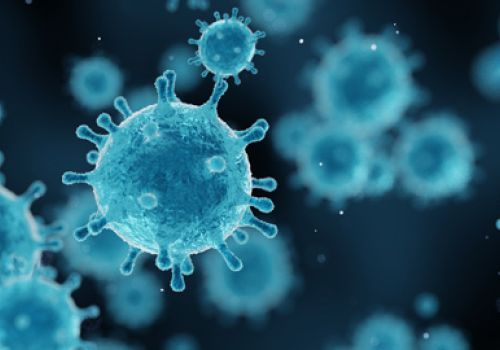
Desinfektion
Für den Einsatz in der Industrie halten wir verschiedene Desinfektionsverfahren auf Basis der UV-C und der UV-Ozon Technologie bereit. Luft, Wasser und Oberflächen, sowie Produkte und Verpackungen lassen sich mit diesen Technologien energiesparend und umweltfreundlich von Keimen befreien.
Die Verfahren

Wasserreinigung
Wasser spielt in der Industrie an den unterschiedlichsten Stellen eine wesentliche Rolle. Zur Reinigung von Prozesswasser, Trinkwasser, Kühlwasser bieten wir verschiedene, sehr effektive Verfahren an, die alle darauf abzielen, energieaufwändige oder umweltbelastende Verfahren zu ersetzen.
Die Verfahren
Problemlösungen aus unserer Praxis

In mehr als 15 Jahren haben wir eine Vielzahl an Projekten zur Abluft-, Oberflächen- und Wasserreinigung realisiert. Ausgewählte Beispiele finden Sie unter dem nachfolgenden Link:
Unsere Produkte
Reine Luft und reines Wasser sind Themen für zahlreiche Branchen und Problemstellungen. Deshalb haben wir ein relativ breites, spezialisiertes Sortiment.
Einen Überblick finden Sie hier:
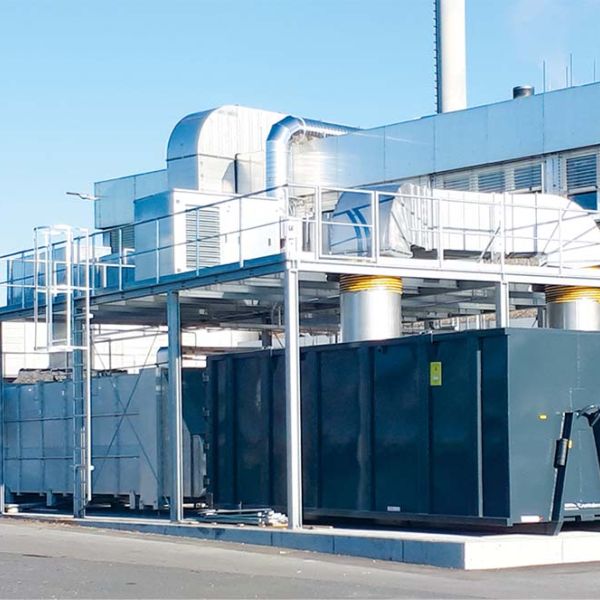
Abluftreinigung

Wasserreinigung
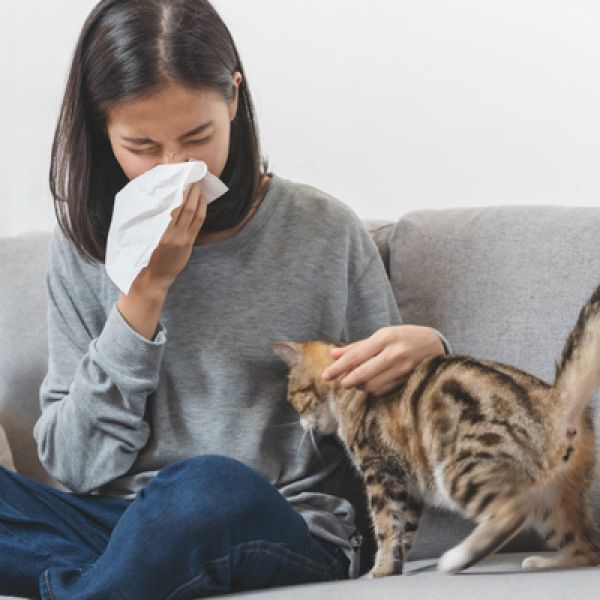
Wohngesundheit
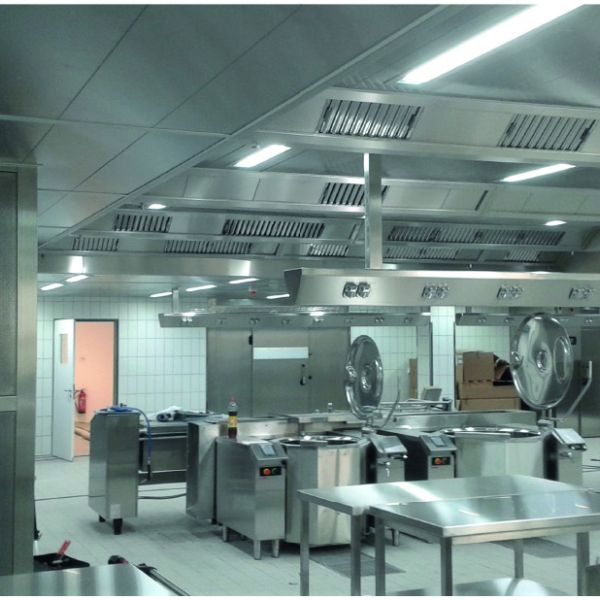
Gastronomieabluft

Desinfektion
Möchten Sie Informationen?
So erreichen Sie uns:

